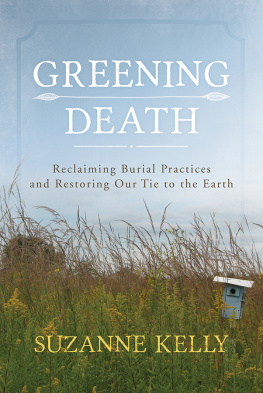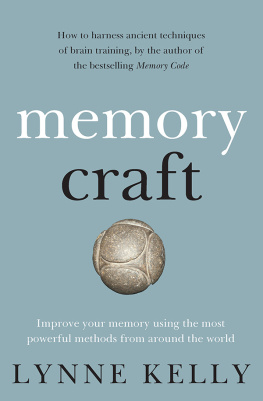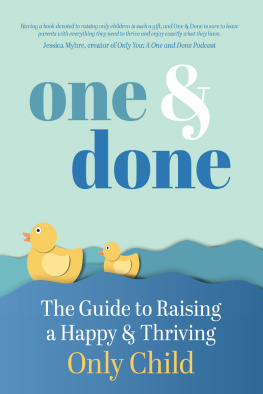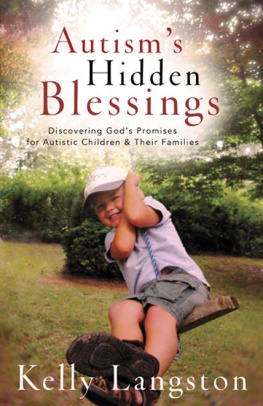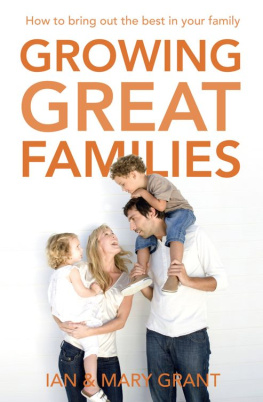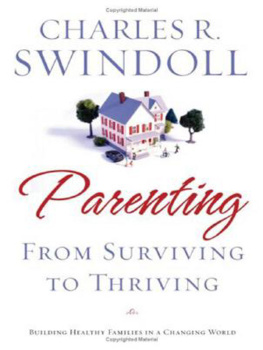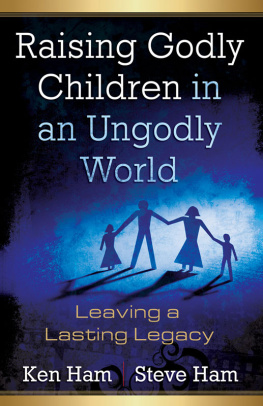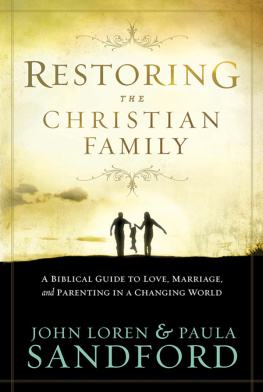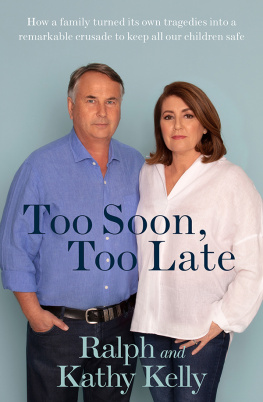

Contents
Introduction
I was in Philadelphia recently presenting a series of seminars when I had an inspiring encounter with one of my readers. During the course of the weekend I met with many of the attendees, but it was the story of one woman that touched me deeply. For many years she had been reading my work and applying the message to her own life, but had always wondered how as a single mother she could use the message to inspire her young son. This is the story she told me.
Then one night, I was putting him to bed and I asked him a question that I had been asking myself for years. What did you do today to become a-better-version-of-yourself physically, emotionally, intellectually, and spiritually? He was only seven years old, and he just looked at me strangely. The question had taken him by surprise. But the next night as I was putting him to bed he asked, Dont you want to know what I did today to become a-better-version-of-myself? We went through each of the four areas and he told me how he had tried to improve that day physically, emotionally, intellectually, and spiritually. It was one of those moments that touches you at your very core. My son is eleven now and for almost four years, every night, we have discussed the same question. I see him growing into such a fine, thoughtful, intelligent, and generous young man, and I know that it would not be quite like this if it were not for that questionand that habit. As a single mom I dont have anywhere near as much time as I would like to for parenting, but I do what I can. Its amazing how one small but central message, and habit, has changed our relationship, and our lives.
I hope you find one new life-changing parenting habit in these pages also.
After The Seven Levels of Intimacy was published, I did a media tour to discuss the ideas in the book with interviewers and readers. I still remember the first interview, a local television morning news program. The interviewer began by asking me if I was married. I explained that I was not. The interviewer then proceeded to ask me how I could write about intimacy, in essence questioning my eligibility or qualifications to write on the subject.
This line of questioning repeated itself over and over again, interview after interview, in the following weeks and months, and even to this day, I receive e-mails from readers asking the same sorts of questions.
My answer in that first interview was to smile, because I enjoy the challenge, and say, Just because someone is a great football player that does not qualify them as a great football coach. In fact, many of the greatest coaches in history had little or no ability to speak of as players.
You dont have to be a great player, to be a great coach. Experience is not the only teacher. If it were, we would not read books.
So, now I tackle the subject of family. I am not married and I have no children, so some people may consider me to be on the sideline of life in these things. But from the sidelines, we see things that the players in the game cannot see, either because they are too close to the action to gain perspective, or because the game is moving too quickly about them.
Perhaps more important, in the course of my work and travels, married men and women have come to me as mothers and fathers and as husbands and wives. They have confided in me, shared their triumphs and trials, and sought counsel. These pages are filled with all I have learned from them and their situations. I hope you find them helpful. If you discover within these pages self-evident truths that you can confirm with your everyday experience of life and people, embrace them and apply them to your life! If not, set them aside and move forward. I wish you well in your journey.
The Changing Face of Families
I t has been only fifteen years since I graduated from high school, but the world has changed at warp speed during that time. Those changes are no more apparent than in the area of family. More than 50 percent of Americas children now live separated from their biological fathers. Like many, I think this is tragic, but I do not want to write a book about that tragedy. There has been enough written already. We can sit around cursing the darkness or we can turn on the light and find the best path forward.
What Is a Family?
Its an interesting question. If you want to have some heated conversation, get a diverse group of people together for a dinner party and raise this question. This topic is nothing short of explosive at this time, both socially and politically.
There are many who would say the answer is very simple. A family is a mother and a father and their children. This answer is usually announced with a tone of absolute certainty, sometimes even arrogance, as if it were as obvious as the day is long and as old as time itself. Though if we travel across the Atlantic Ocean to Europe or south of the border to Central and South America, we quickly discover that a multigenerational definition of family that includes not only parents and children but grandparents and great grandparents is very much alive and well in many cultures. These cultures are also very much in celebration of the intergenerational definition of family that includes aunts and uncles, cousins, and nieces and nephews.
The same person who answered with all that certaintyA family is a mother and a father and their children.would reply to these points by saying, Well, of course we consider grandparents, aunts, uncles, cousins, nieces, and nephews to be part of a family in a broader sense. You see, in America today, the questionWhat is a family?has become a secret code for the political question: Who should raise children?
I have had the pleasure of watching my good friend Pat Lencioni, the famed business author and consultant, work with executive teams on a couple of occasions. One of the exercises he does with these executives concerns the idea of core values. Most business leaders would now agree that a company should have a set of core values. If you were to visit the head office of most companies, youd discover that these core values appear in various placesfrom annual reports to plaques in lobbies to mini-posters in hallways, cubicles, and lunchrooms. But if you ask most employees what do these core values mean, they will tell you that they mean nothing. This is because of how they were arrived at. A group of executives got together one day and decided they needed some core values for the company because they saw that some other company had them, and besides, it is now accepted wisdom that all companies should have stated core values. They pick values like integrity, compassion, and service. But the employees know from their everyday experience that these core values do not exist, and so rather than creating unity, they create disengagement and resentment.
The problem is that when the executive team sits down to arrive at their core values, they dont ask: What are our core values? Rather, they ask: What should our core values be? So, what they come up with are in fact aspirational values (what they want the values of the company to be) not actual core values (what the values of the company actually are at this very moment).
Similarly, when the question is raisedWhat is a family?most people reply by describing what they think the ideal family should be and not by describing their actual family, or the reality of most families.
Next page




